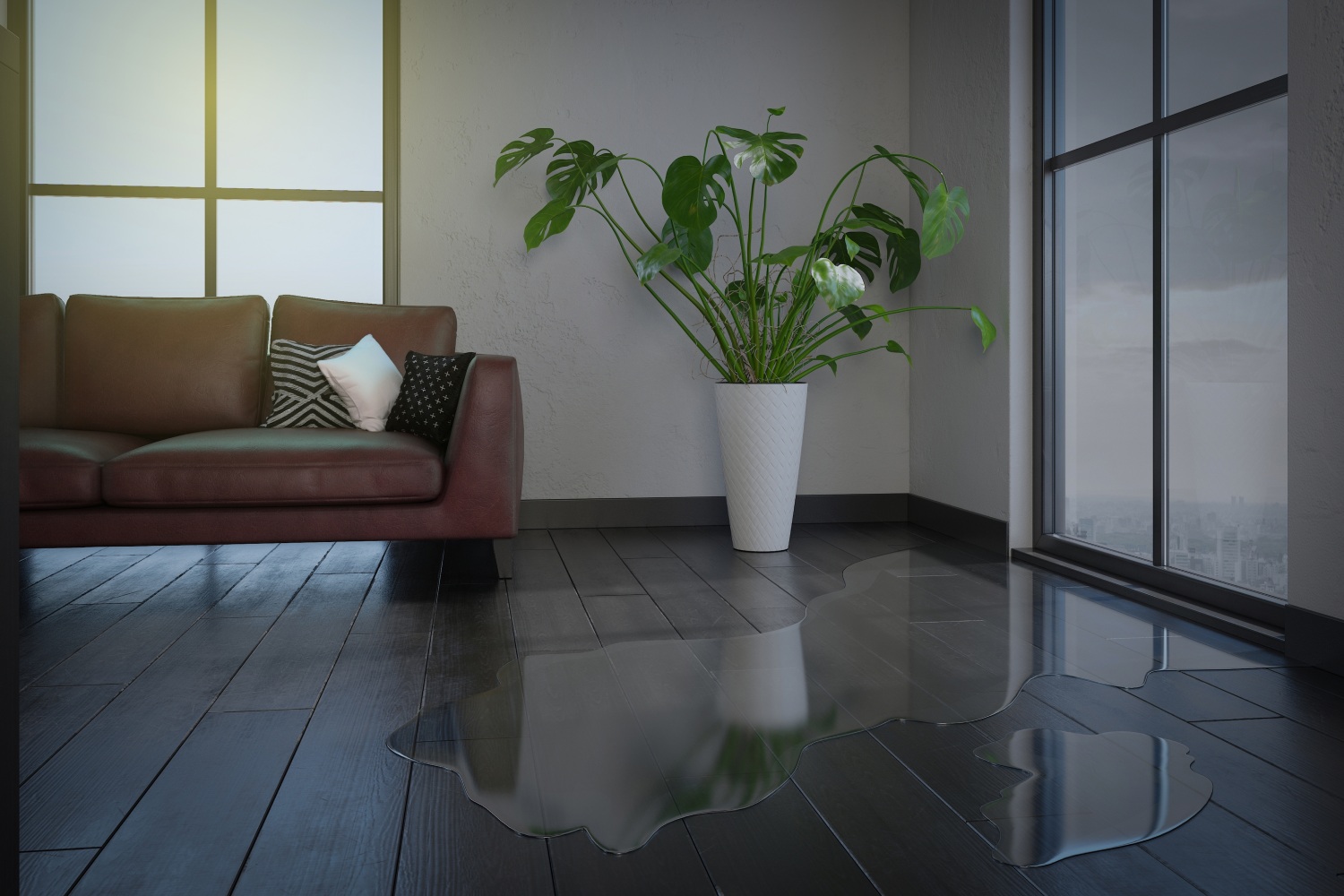
Flood Insurance Claims
If you have flood insurance, contact your insurance adjuster immediately. Consider contacting government offices for relevant and helpful information.
If you do not have flood insurance, your homeowner’s insurance likely will not cover the loss.
If the flood has been declared a federal disaster by the President, you may be able to secure FEMA assistance:
https://www.DisasterAssistance.gov
1-800-621-FEMA (3362) or 1-800-462-7585 (TTY)
Documentation
- Take photos and/or videos for use as an inventory and record of damage and loss.
- Damage can be added when found.
- Keep damaged materials (as appropriate – check with your insurance agent) for proof of loss.
Clean Up - Don't Wait
Begin cleanup, salvage, and drying as soon as possible
- Do not wait for your adjuster as it could take weeks for him/her to meet with you.
When to Call Floors Etc.
If your flooring was damaged in a natural disaster flood. Floors Etc. can help.
We’ve helped clients through Harvey, the Tax Day Floods, Ike, Allison, and more.
We understand floors and insurance companies.
MyFloors@FloorsEtc.com
713-880-8888
Safety…We Care!

Hardwood Floors
Water and wood just don’t mix!
Living in Houston, we know this is not groundbreaking information.
When water sits on top of hardwood floors, it can cause permanent damage as the wood will absorb the water – leading to warping, cupping, buckling, discoloration, etc…
So as soon as it’s safe, you’ll want to remove the water and dry your floors as quickly as possible.
#1)
Remove any mud, debris or silt that still may be on the hardwood floor.
Carefully use shovels to remove the top layer of mud and then use plastic dustpans to help remove the lower layers of mud.
- The dustpan’s plastic edges will reduce the likelihood of more scratches being introduced into the floor.
Use a non-abrasive brush and detergent that doesn’t suds up and scrub the cracks and surfaces of the hardwood floor.
Rinse with clear water.

#3)
Let Floors Etc. determine the extent of the damage.
Boards may be cupped, crowned, or separated completely from the finish, showing signs of warping or buckling.
This damage might require replacing some or all of your flooring.
Floors Etc. will assess your damage for you, and we will work with you and your insurance company as you determine your next steps.
#4)
Watch for mold or mildew.
You may also find mold beginning to grow, or mold that has found its way in under some of the finish.
A professional abatement company might be required to eradicate the mold growth.
#5)
Be patient. The entire drying and cleaning processes can take weeks or months before the wood to return to normal moisture levels and the hardwood floor restored – if restoration is even possible.
PLEASE NOTE: Replacement might be your only option depending on the level of damage.
Carpet
Dealing with a storm that’s flooded your home and soaked your carpet is no fun!
Water-soaked carpets become water-damaged carpets before ice melts in August—and water-damaged carpets need to be replaced ASAP.
If you don’t get those wet carpets out… Quick! Quick! Quick! …you’ll be facing bad odors, mold, and even structural damage to your house.
#1)
Remove water-logged rugs, carpets, and pads within 24 to 48 hours after flooding subsides.
This is assuming you are safely able to enter your home.
PLEASE do not enter your home until it has been deemed safe to do so!
#2)
Flooded carpet pads should always be discarded and replaced.
#3)
Floors Etc. recommends that all flooded carpets and rugs be replaced since flood water may contain harmful contaminants.
If salvage is attempted, spread out rugs and carpets outdoors.
- Hose off whatever you are attempting to salvage.
- If anything is soiled, have it professionally cleaned.
- Dry the carpet and subfloor thoroughly and as quickly as possible.
- If carpet is installed damp, it can mildew.
NOTE: A carpet that has been saturated and then dried might shrink, but Floors Etc. may be able to stretch it – we will tell you up front if we think this is possible.
A Few Etcs…
Furniture
Upholstered Furniture and Mattresses, just as with carpets and rugs, should be discarded if contaminated by flood water.
If an upholstered furniture piece is deemed too valuable to part with, have it assessed by a professional to see if it can be safely salvaged.
Solid Wood, Metal and Plastic Furniture may be able to cleaned and restored.
Hose off any mud, clean, sanitize and let dry completely out of direct sunlight.
Please seek the guidance of a professional restoration company for further advice.
Walls
If flood waters reached your walls, it is recommended that you Consult a professional contractor to determine next steps.
Even if your walls appear undamaged, it is possible that water could cause future mold, odor, and structural decay.
DISCLAIMER: Floors Etc. is not a mold expert or remediation specialist.
Food
Undamaged, commercially prepared foods n all-metal cans or retort pouches (that were not exposed to extended heat) can be saved if you remove the labels, thoroughly wash the cans, rinse them, and then disinfect them with a sanitizing solution.
Also – be sure to re-label with a marker, including expiration date. If unsure, it always safest to discard.
Utensils
It is recommended to discard flood-contaminated wooden cutting boards and spoons, plastic utensils, baby bottles, nipples, and pacifiers. Thoroughly wash and sanitize metal and ceramic pans, utensils, and dishes.
If unsure, it always safest to discard.